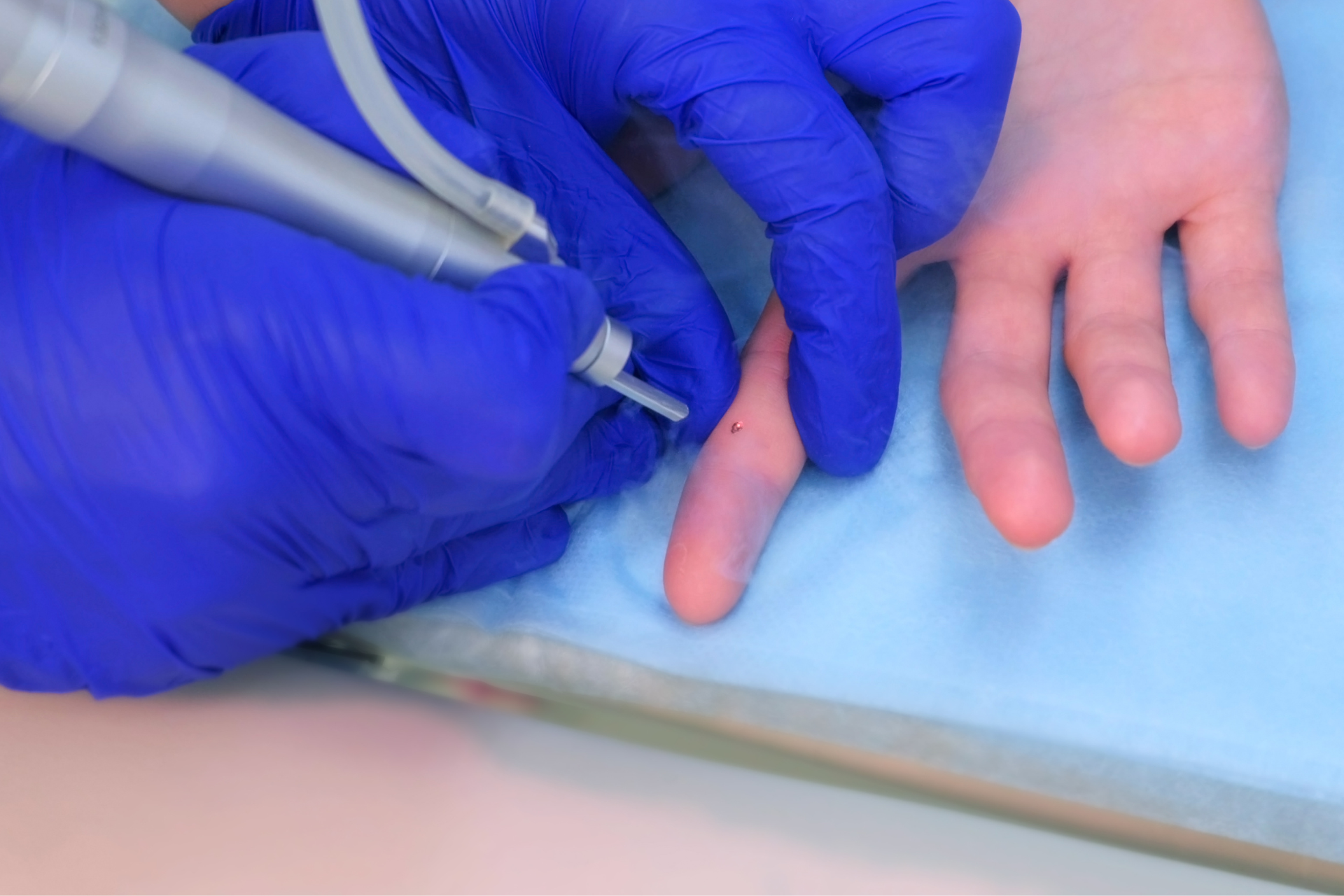What You Should Know About Wart Removal Options

Warts are a common skin condition that can be a nuisance, embarrassing, and sometimes even painful. Whether you're dealing with a single wart or multiple warts, finding the right wart removal option is crucial for getting rid of them effectively. At Fall Creek Skin and Health Clinic, we understand the impact that warts can have on your confidence and overall well-being. That's why we offer a range of wart removal options to help you achieve clear, healthy skin.
Understanding Warts
Before exploring wart removal options, it's important to understand what warts are and how they develop. Warts are non-cancerous skin growths caused by the human papillomavirus (HPV). They can appear on any part of the body, including the hands, feet, face, and genital area. Warts are highly contagious and can spread through direct contact with an infected person or surface.
There are several types of warts, including common warts, plantar warts, flat warts, and genital warts. Each type of wart may require a different approach to removal, depending on its location and severity. While some warts may resolve on their own over time, others may persist and require professional treatment for removal.
Wart Removal Options
At Fall Creek Skin and Health Clinic, we offer a variety of wart removal options to meet the needs of our patients. Our experienced dermatologists will assess your condition and recommend the most suitable treatment option based on the type of wart, its location, and your individual preferences. Here are some common wart removal options that we offer:
1. Cryotherapy
Cryotherapy involves freezing the wart using liquid nitrogen, causing it to blister and eventually fall off. This quick and effective treatment is commonly used for small, isolated warts.
2. Topical Treatments
Over-the-counter or prescription-strength topical treatments containing salicylic acid can help dissolve the wart over time. These treatments are often used for common warts on the hands and feet.
3. Surgical Removal
In some cases, surgical removal of the wart may be necessary, especially for larger or stubborn warts. This procedure is typically done under local anesthesia and can be performed in our clinic.
4. Laser Therapy
Laser therapy is a precise and targeted treatment option that uses focused light to destroy the blood vessels supplying the wart. This minimally invasive procedure is effective for both common and plantar warts.
5. Immunotherapy
For recurrent or persistent warts, immunotherapy may be recommended to boost the body's immune response against the virus causing the warts. This treatment option can help prevent future outbreaks.
Choosing the Right Treatment
When it comes to wart removal, there is no one-size-fits-all solution. The best wart removal option for you will depend on various factors, including the type of wart, its location, and your overall health. At Fall Creek Skin and Health Clinic, our board-certified dermatologists will work closely with you to develop a personalized treatment plan tailored to your specific needs and goals.
It's essential to seek professional guidance when dealing with warts to ensure safe and effective removal. Attempting to remove warts at home using DIY remedies or over-the-counter treatments can be risky and may lead to complications, scarring, or recurrence of warts.
Conclusion
Dealing with warts can be frustrating, but you don't have to face this skin condition alone. At Fall Creek Skin and Health Clinic, our team of skilled dermatologists is here to provide expert care and guidance for all your skin-related concerns, including wart removal. If you're struggling with warts and seeking safe, reliable treatment options, schedule a consultation with us today. Say goodbye to warts and hello to clear, healthy skin!



Need Our Services?
Book a free consultation

Our promise is to offer high-quality medical attention at a fair price in a clean, friendly, and professional environment.
QUICK LINKS
BUSINESS HOURS
- Mon - Thu
- -
- Friday
- -
- Saturday
- Appointment Only
- Sunday
- Closed
All Rights Reserved | Fall Creek Skin and Health Clinic |
